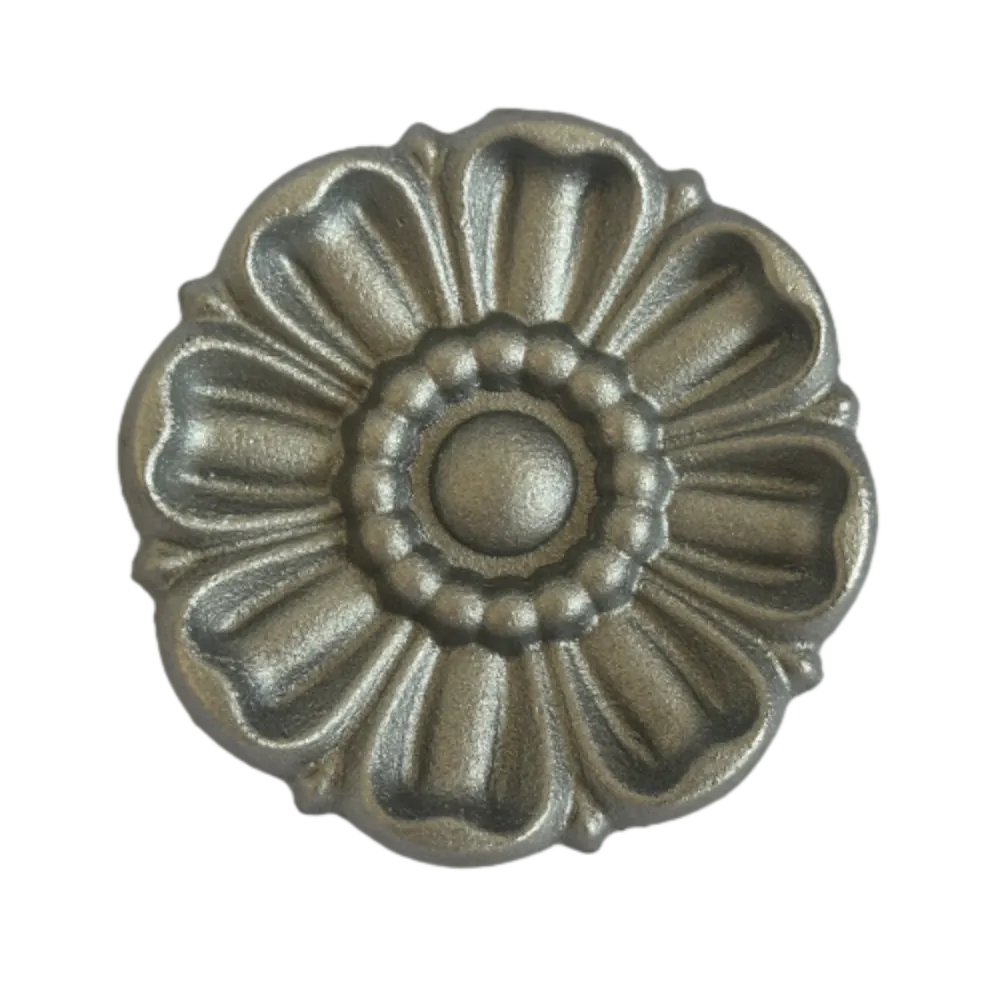Exploring the Benefits and Techniques of Iron Casting in Modern Manufacturing Processes
The Significance and Process of Iron Casting
Iron casting is a crucial manufacturing process that dates back thousands of years, playing an essential role in various industries, from automotive to construction. This process involves pouring molten iron into molds to create solid metal parts, allowing for the production of complex shapes and designs. The significance of iron casting lies not only in its versatility but also in its contribution to modern engineering and technology.
History and Development
The history of iron casting can be traced back to ancient civilizations. The earliest known cast iron artifacts emerged in China around the 5th century BC. Over centuries, this technique evolved, significantly impacting tool making, weaponry, and later, architectural developments. The industrial revolution marked a turning point for iron casting, with innovations such as the cupola furnace enabling mass production of cast iron goods.
Advantages of Iron Casting
Iron casting offers several advantages that make it a preferred choice for manufacturers. First and foremost, it allows for intricate designs and complex geometries that would be difficult or impossible to achieve through other manufacturing methods. This capability makes it suitable for a wide range of applications, including engine blocks, pipes, machine parts, and decorative elements.
Another significant benefit of iron casting is its material properties. Cast iron, particularly, has excellent wear resistance and machinability, making it an ideal choice for high-strength components. Additionally, cast iron has good vibration damping characteristics, which is why it's often used in machinery and automotive parts.
The Iron Casting Process
The iron casting process generally involves several key steps pattern making, mold making, melting, pouring, and finishing.
1. Pattern Making The first step involves creating a pattern, which is a replica of the desired part. Patterns can be made from various materials, including wood, metal, or plastic. The design must account for factors like thermal expansion and shrinkage during cooling.
iron casting

2. Mold Making Once the pattern is ready, it is used to create a mold. Molds can be made using green sand (a mixture of sand, clay, and water) or more advanced techniques like investment casting. The choice of mold material affects the final product's surface finish and dimensional accuracy.
3. Melting The next step is melting the iron. This is done in furnaces like cupola or induction furnaces, where scrap iron or pig iron is melted down to form molten iron. The temperature must be carefully controlled to ensure the proper pouring characteristics.
4. Pouring Once the molten iron is ready, it is poured into the mold. The pouring process requires precision, as any flaws or inclusions can lead to defects in the final casting. The molten iron cools and solidifies, taking the shape of the mold.
5. Finishing After casting, the finished piece is removed from the mold and subjected to various finishing processes, such as grinding, machining, or painting, to meet the required specifications and aesthetics.
Future of Iron Casting
As technology advances, the future of iron casting looks promising. Innovations in 3D printing, computer-aided design (CAD), and simulation software are revolutionizing how patterns and molds are produced. These technologies enhance efficiency, reduce waste, and improve design capabilities.
Moreover, there is a growing emphasis on sustainability in manufacturing processes, including iron casting. Manufacturers are increasingly looking for ways to recycle scrap metal and reduce energy consumption during the melting process.
Conclusion
Iron casting remains a foundational element of modern manufacturing, with its rich history and numerous advantages. The ability to create complex shapes, combined with the material's inherent properties, ensures its continued relevance across various industries. As technology progresses, the iron casting process will likely become even more efficient and environmentally friendly, paving the way for future innovations. Its enduring significance in engineering and design underscores the importance of this traditional method in an ever-evolving industrial landscape.
-
Wrought Iron Components: Timeless Elegance and Structural StrengthNewsJul.28,2025
-
Window Hardware Essentials: Rollers, Handles, and Locking SolutionsNewsJul.28,2025
-
Small Agricultural Processing Machines: Corn Threshers, Cassava Chippers, Grain Peelers & Chaff CuttersNewsJul.28,2025
-
Sliding Rollers: Smooth, Silent, and Built to LastNewsJul.28,2025
-
Cast Iron Stoves: Timeless Heating with Modern EfficiencyNewsJul.28,2025
-
Cast Iron Pipe and Fitting: Durable, Fire-Resistant Solutions for Plumbing and DrainageNewsJul.28,2025
-
 Wrought Iron Components: Timeless Elegance and Structural StrengthJul-28-2025Wrought Iron Components: Timeless Elegance and Structural Strength
Wrought Iron Components: Timeless Elegance and Structural StrengthJul-28-2025Wrought Iron Components: Timeless Elegance and Structural Strength -
 Window Hardware Essentials: Rollers, Handles, and Locking SolutionsJul-28-2025Window Hardware Essentials: Rollers, Handles, and Locking Solutions
Window Hardware Essentials: Rollers, Handles, and Locking SolutionsJul-28-2025Window Hardware Essentials: Rollers, Handles, and Locking Solutions -
 Small Agricultural Processing Machines: Corn Threshers, Cassava Chippers, Grain Peelers & Chaff CuttersJul-28-2025Small Agricultural Processing Machines: Corn Threshers, Cassava Chippers, Grain Peelers & Chaff Cutters
Small Agricultural Processing Machines: Corn Threshers, Cassava Chippers, Grain Peelers & Chaff CuttersJul-28-2025Small Agricultural Processing Machines: Corn Threshers, Cassava Chippers, Grain Peelers & Chaff Cutters












